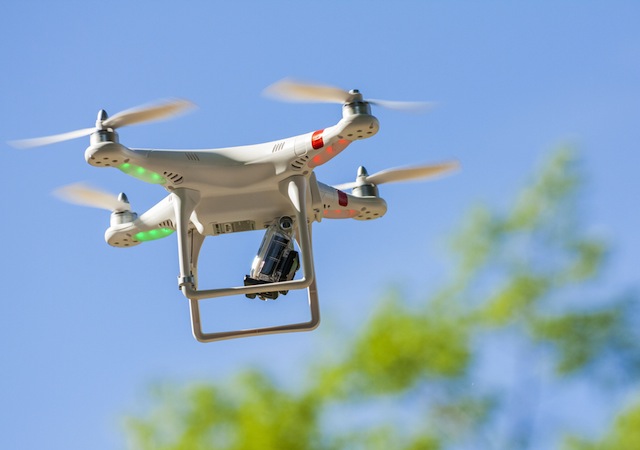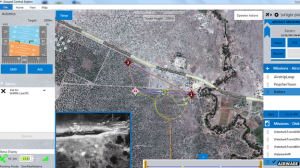Though it may come as a surprise to many people, one of the newest technologies to transform the process of activism has been the use of drones. What probably came to your mind right now were drones used by the military, the machines that have caused so much contention and controversy over how they are used and for what both in the US and abroad. But not everyone is opposed to drones flying over their skies to watch the activity on the ground. For some areas in Africa, these drones are different: their use is pushing the boundaries of ecological activism by helping to protect endangered wildlife.
The use of drones has become an essential part in helping park rangers conserve what are some of the most endangered species on the planet. Killing elephants for their tusks and rhinos for their horns has become an illegal multi-million dollar ivory trade business, with demand particularly high in Asia due to the black market. The hope is that these machines can serve as an aid or extra pair of eyes for the rangers, by trying to detect the poachers before they get to the animals. Their long range in the air allows them to cover over half a day’s walking within a matter of minutes, while their sensors and cameras track where the poachers are, how many, what kinds of weapons they are carrying are there, and what their proximity is to the animal (A longer list of what drones can and have done can be found here). The drones can also help to track the best and fastest route for the ranger to intercept and stop them, with the hope that this will add a measure of security both the animals and the rangers putting their lives on the line to protect them.
The drones themselves can be made quickly and easily using 3D printers with the favor towards small designs so as not to disturb the wildlife or tourists who visit the park. Some drones are even quipped with thermal imaging so as to track and even differentiate different animals at night. According to a report by BBC, “Rangers at the base could operate the drone via two laptops, one showing a map tracking the flight path, the other showing the UAV’s point of view through a high-definition camera”. The Wildlife Conservation Unmanned Aerial Vehicle (UAV) Challenge has also pushed the use of drones even further by integrating gadgets such as smart phones with their built in sensors and processing power. More information on drones and other conservation technology below:
But what I have found to be truly fascinating about these drones is not only how they are attempting to deter a culture of destructive opulence, but also how their use is changing the cultural idea around the technology itself. Where once activists rallied against drone surveillance activities for fear an invasion of privacy, now they are using them to strip away the isolation that poachers exploit to help save the lives of some of the most some of the most vulnerable creatures on earth. If we continue down this road, what other goods could come of a technology that once was the nightmare of activists everywhere?
There is no denying that drones still have the potential for more harmful or malignant deeds, and that clear and enforceable regulations must be administered to ensure safety. But should their use be turned more towards protection and activism than destruction, their impact could truly be worthwhile. After all, if we have the technology, shouldn’t we use it to protect the world we live in?



